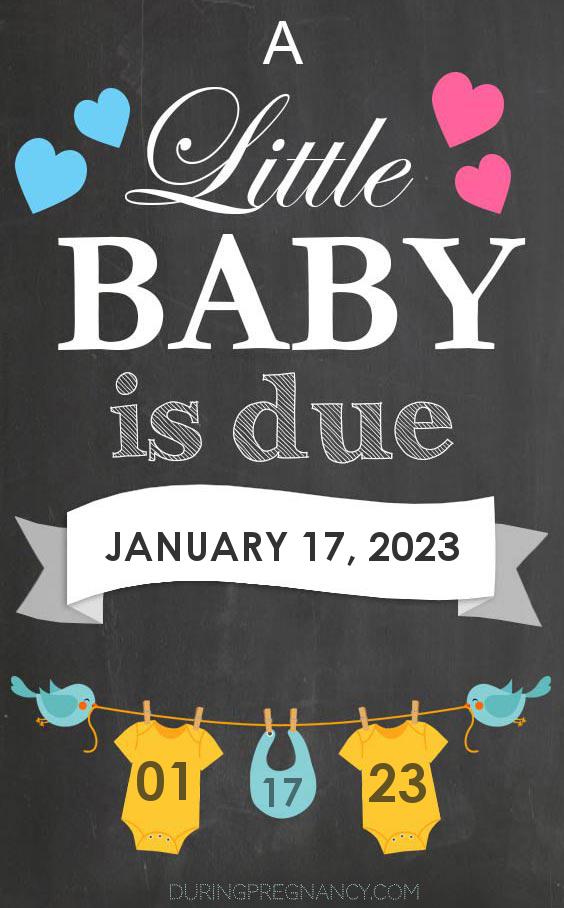

It is not a required test.Ī NIPT is a blood test meant as a screening to look for things like genetic abnormalities and chromosomal disorders, such as Down’s Syndrome.

It is usually recommended for any mother who is over 35 (often called advanced maternal age or geriatric pregnancy) or anyone with a history of chromosomal abnormalities in their family. The only true way to know your baby’s gender is at the 20-week anatomy scan, or at during NIPT ( noninvasive prenatal testing), which is a screening test that occurs somewhere between 10 weeks and 15 weeks. Just input the first day of your last period and cycle length, and it can let you know your due date (with the caveat that some babies come early and some come late!). If you are curious about your due date, you can head to the Huggies® Due Date Calculator. You don’t need to be as specific as the date of conception, which is good because conception is often a tricky thing to pinpoint, based on the first day of your last missed period and the length of your cycle, which can fluctuate. It’s very simple: for the Huggies Gender Predictor, which is based on the Chinese gender predictor, you enter your age at conception, followed by the month in which you conceived. Consider it harmless fun that is right at least 50% of the time. While there’s no scientific evidence to back up the hypotheses the predictor puts forward, it can be fun to look at-especially if you already know your baby’s gender. The science of the Chinese gender predictor The reason the predictor exists is that in ancient times it was more desirable to have male heirs than female ones, so the ancient Chinese wanted to be able to predict when they’d have a boy rather than a girl. Some reports say it’s 700 years old, while others say 300 years old. Originally found in ancient Beijing (then called Peking), the Chinese gender predictor is an actual, physical chart that was allegedly discovered in a royal tomb. The history of the Chinese gender predictor


 0 kommentar(er)
0 kommentar(er)
